Advertisement
If you have a new account but are having problems posting or verifying your account, please email us on hello@boards.ie for help. Thanks :)
Hello all! Please ensure that you are posting a new thread or question in the appropriate forum. The Feedback forum is overwhelmed with questions that are having to be moved elsewhere. If you need help to verify your account contact hello@boards.ie
Help Keep Boards Alive. Support us by going ad free today. See here: https://subscriptions.boards.ie/.
If we do not hit our goal we will be forced to close the site.
Current status: https://keepboardsalive.com/
Annual subs are best for most impact. If you are still undecided on going Ad Free - you can also donate using the Paypal Donate option. All contribution helps. Thank you.
If we do not hit our goal we will be forced to close the site.
Current status: https://keepboardsalive.com/
Annual subs are best for most impact. If you are still undecided on going Ad Free - you can also donate using the Paypal Donate option. All contribution helps. Thank you.
Sharpening your knives.
-
12-06-2011 03:02AM#1
Comments
-
-
-
-
-
-
Advertisement
-
-
-
-
-
-
Advertisement
-
-
-
-
-
-
-
-
-
-
-
Advertisement
-
-
-
-
-
-
-
-
-
-
Advertisement
-
Advertisement

 https://www.youtube.com/watch?v=5y4Ihh0Va38
https://www.youtube.com/watch?v=5y4Ihh0Va38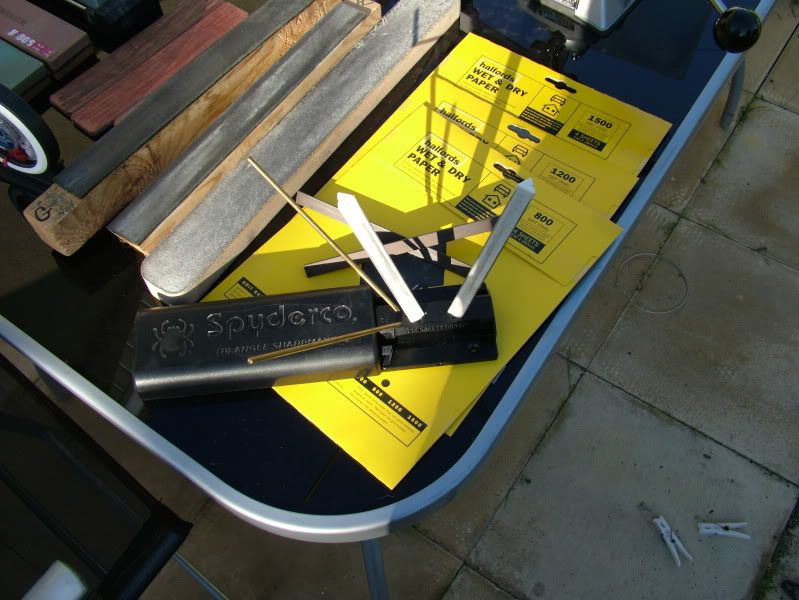
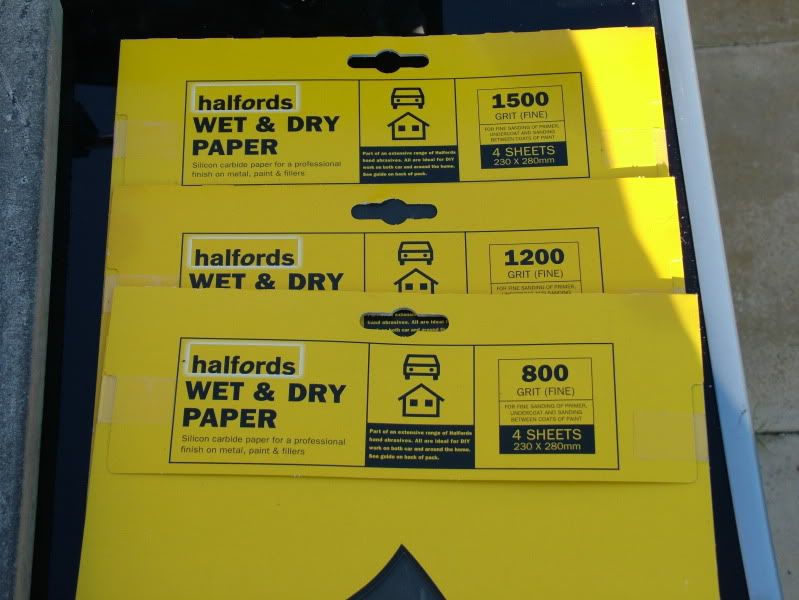
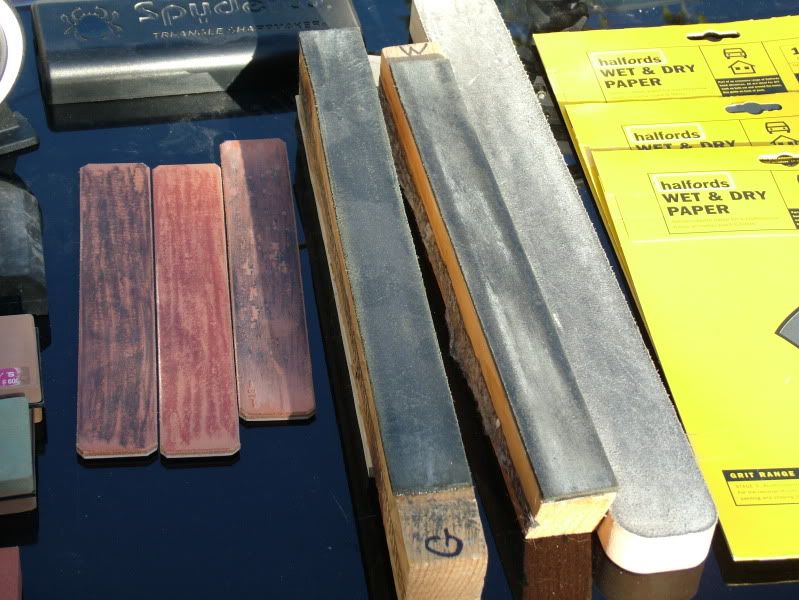
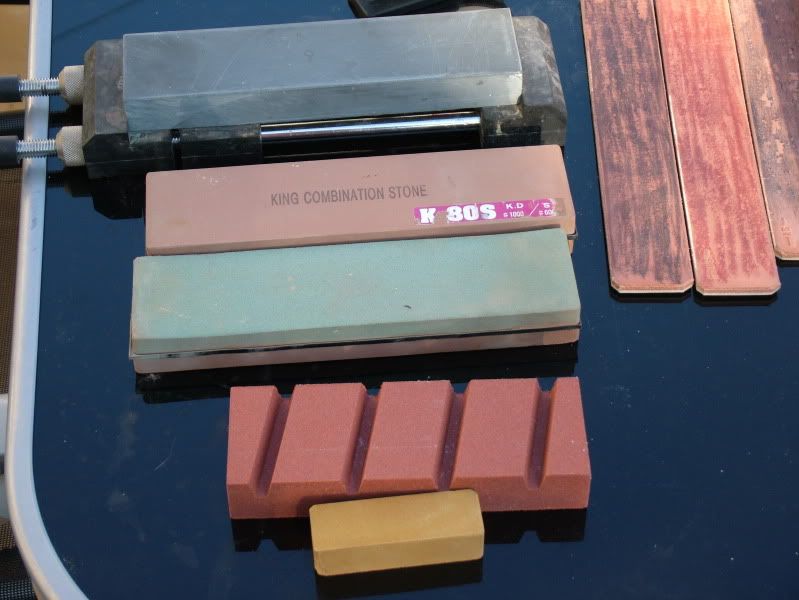
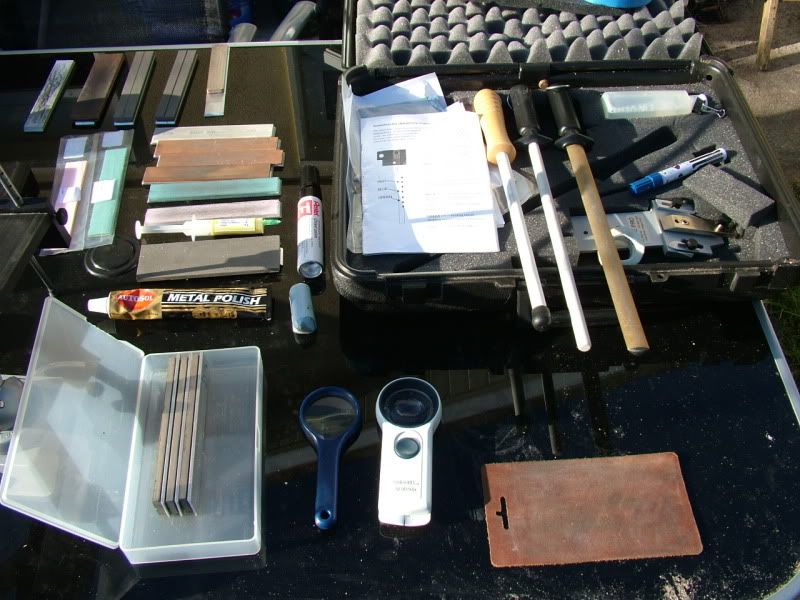

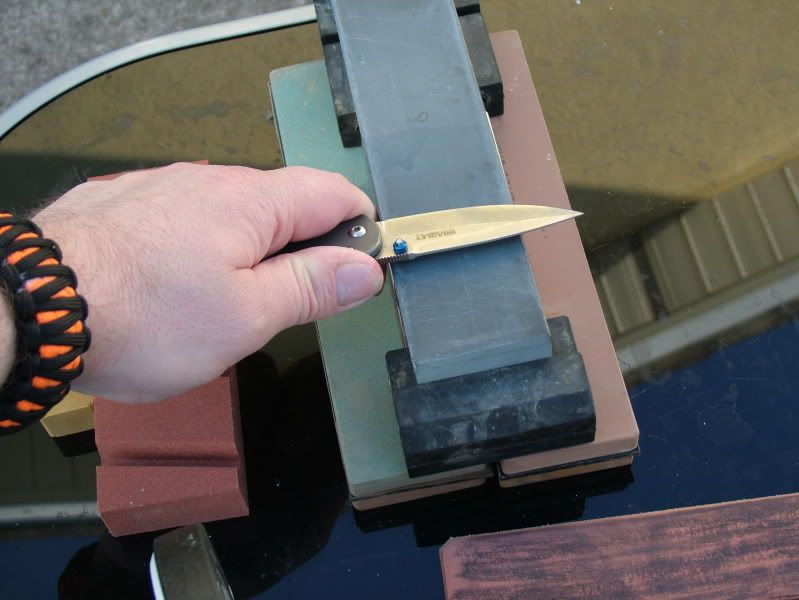
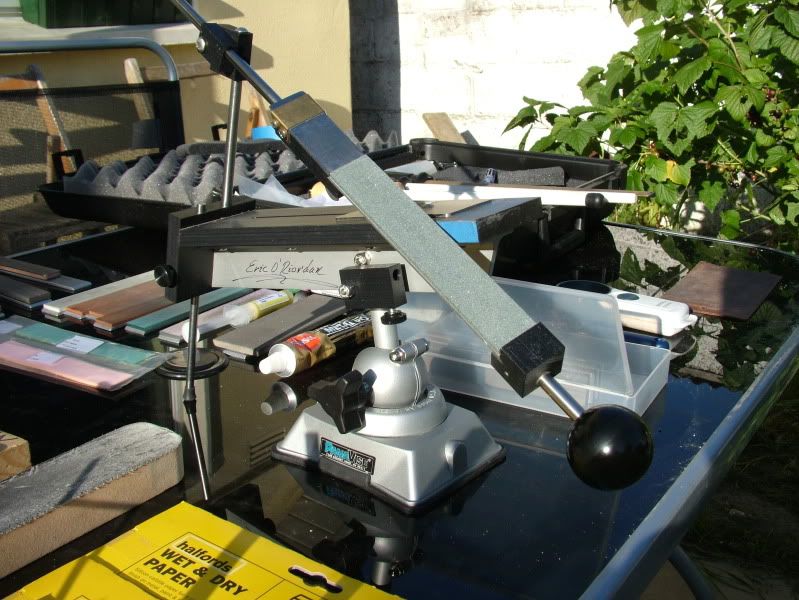
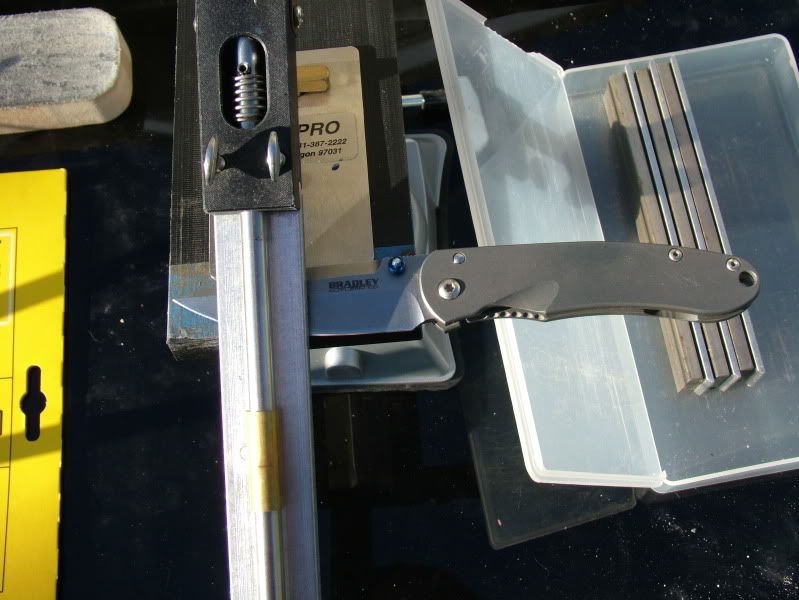
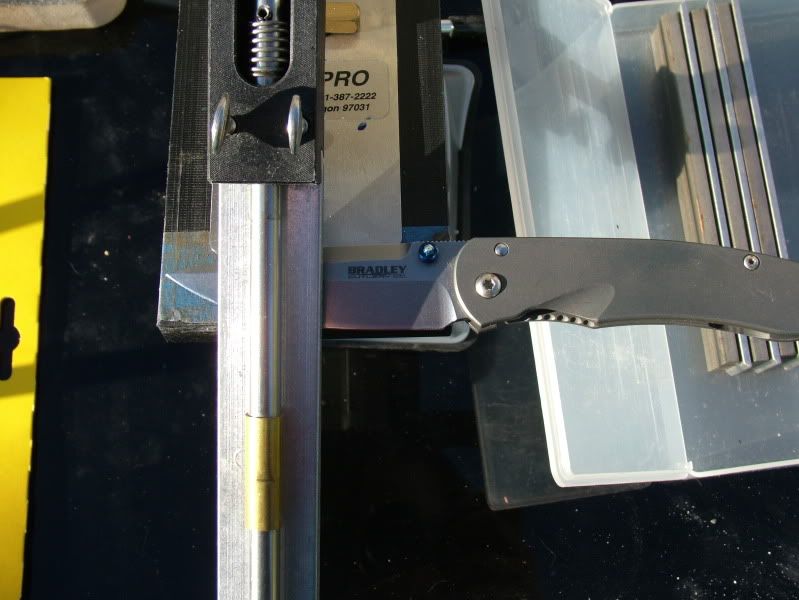
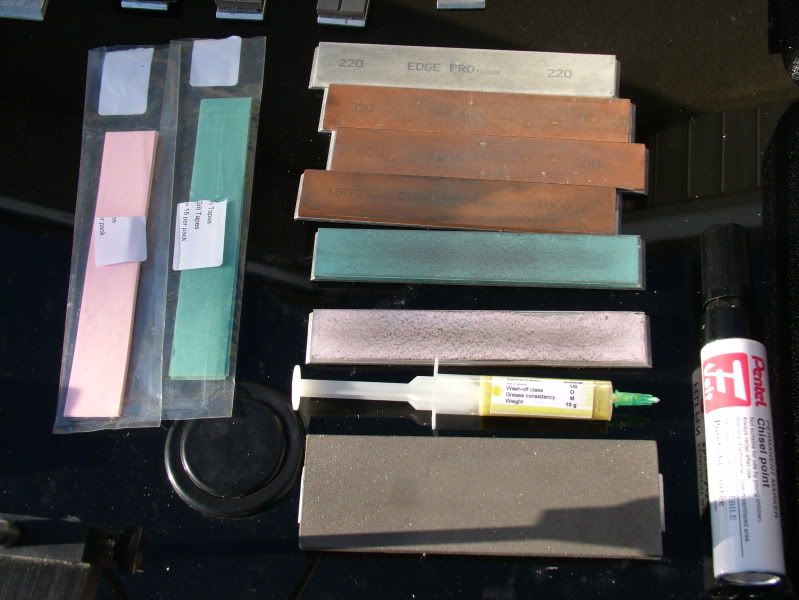
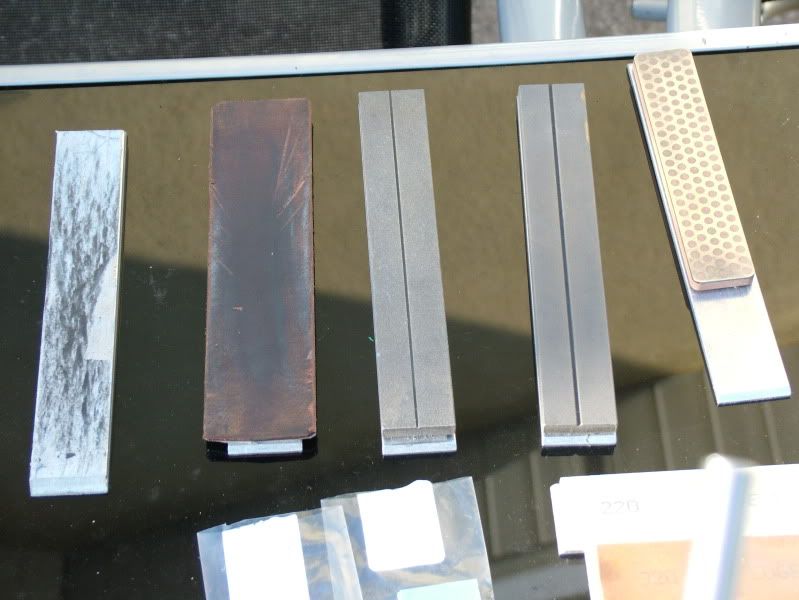
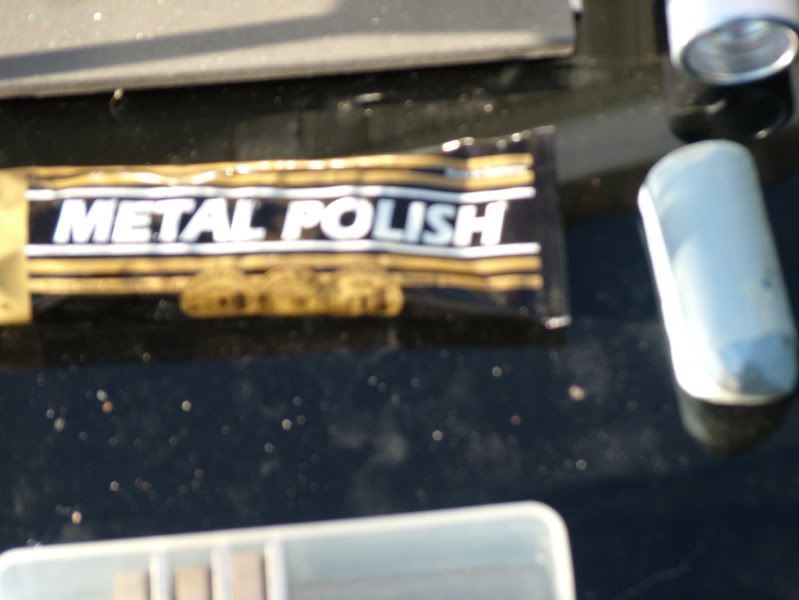
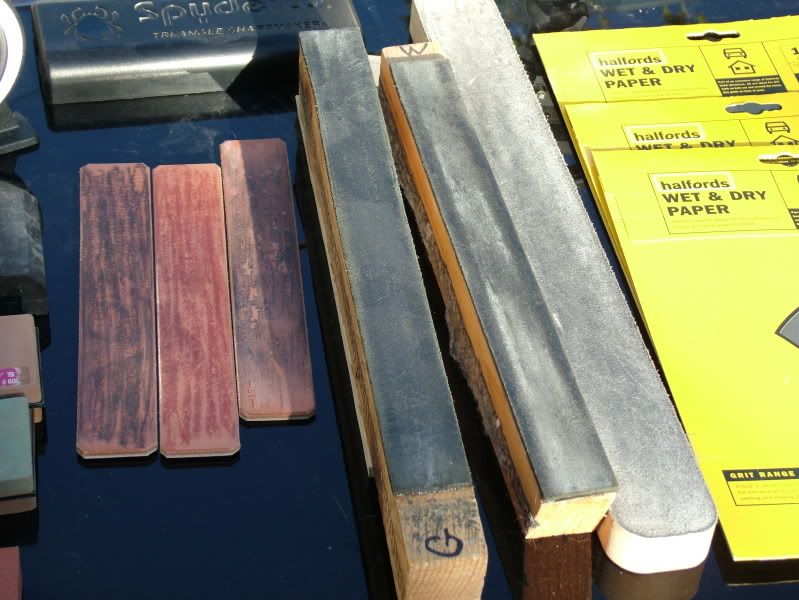
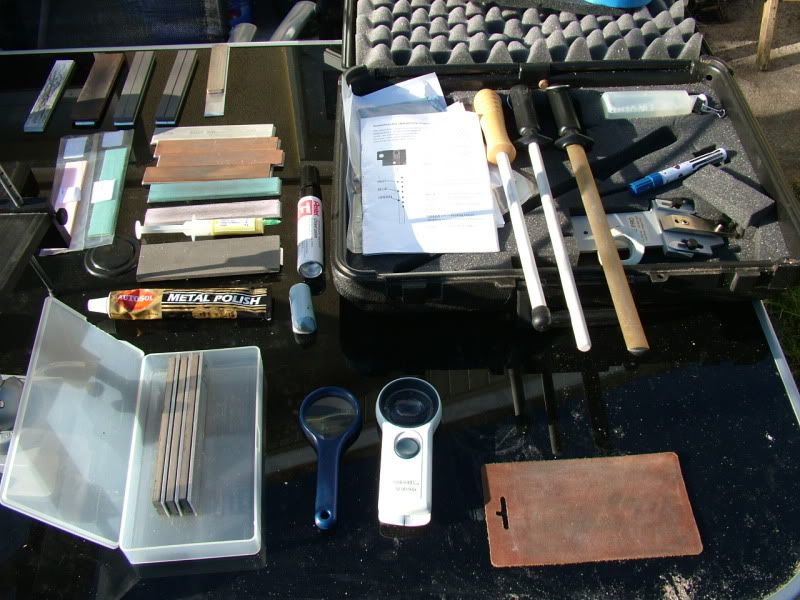
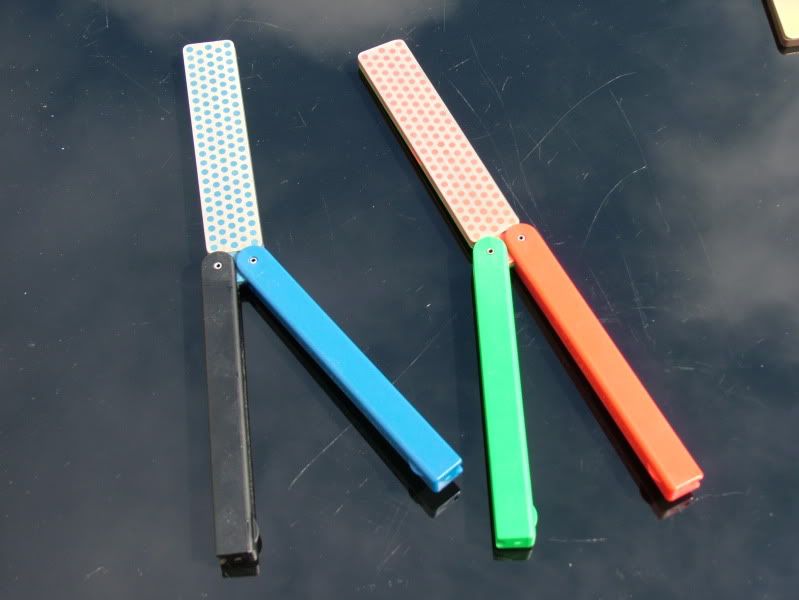

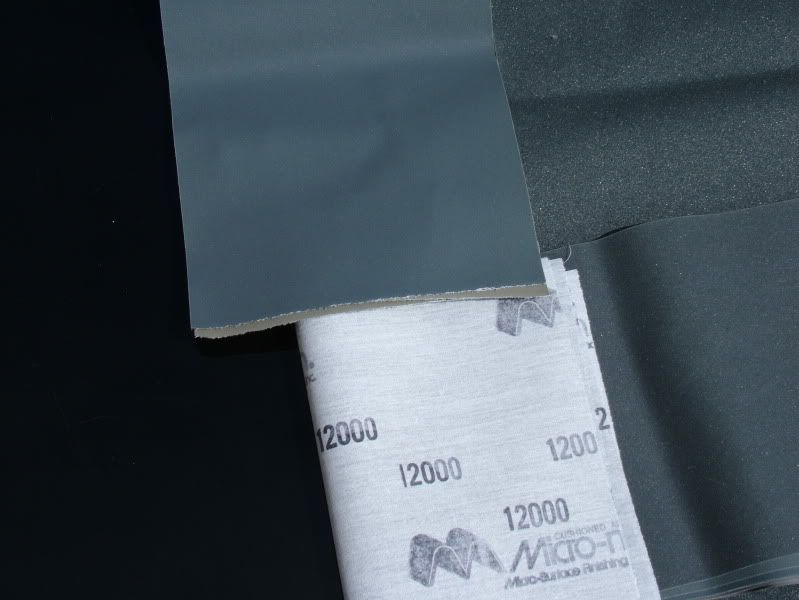





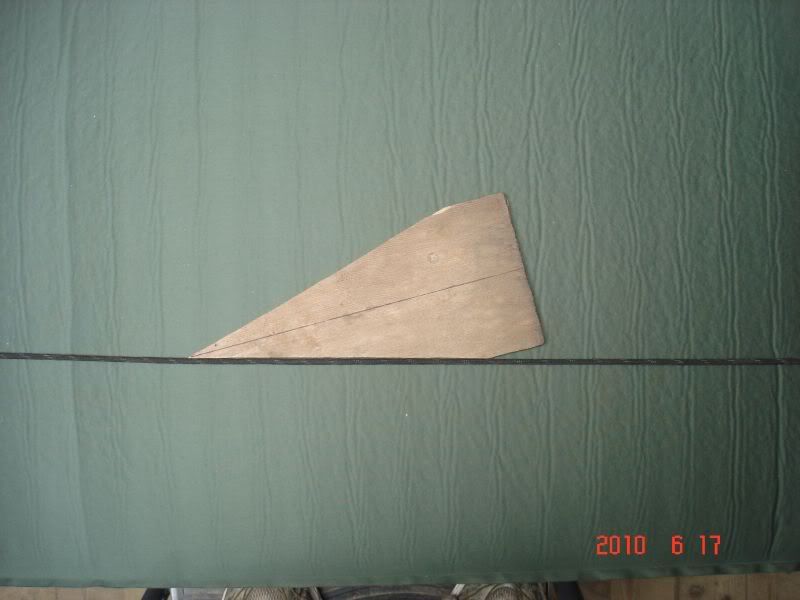
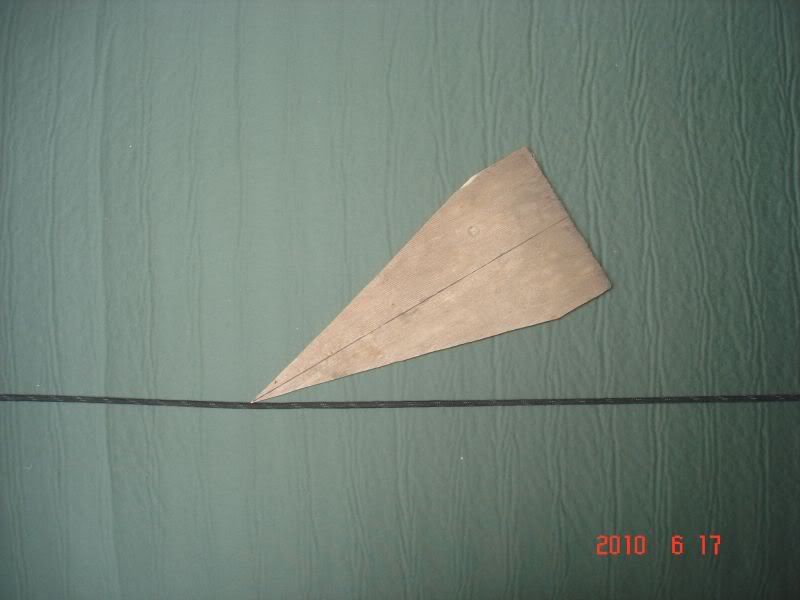
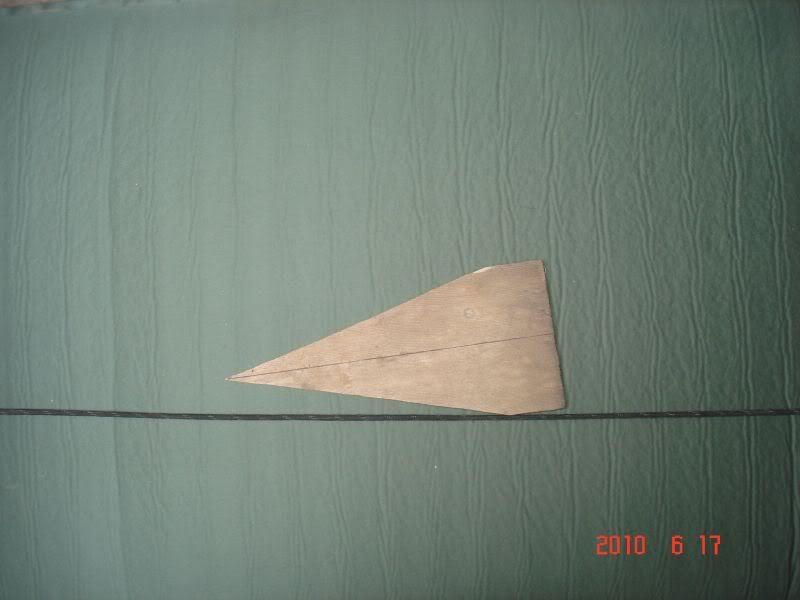

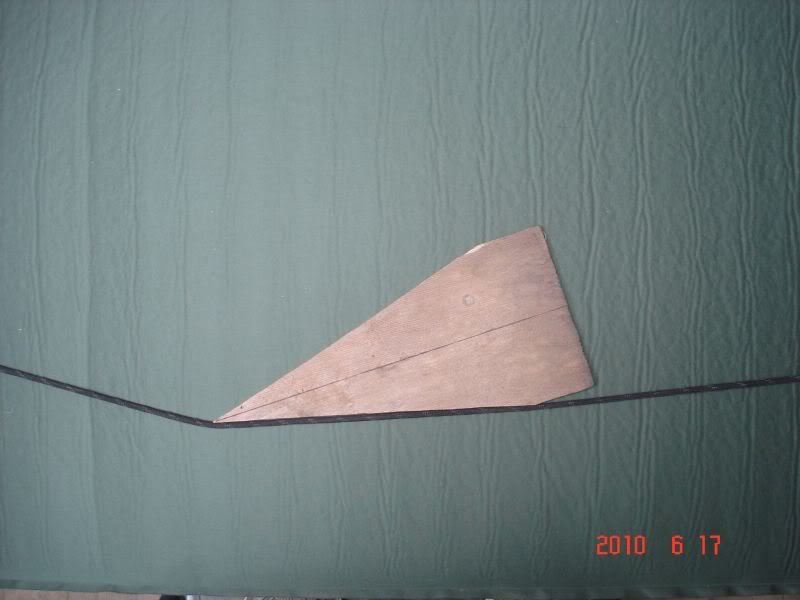

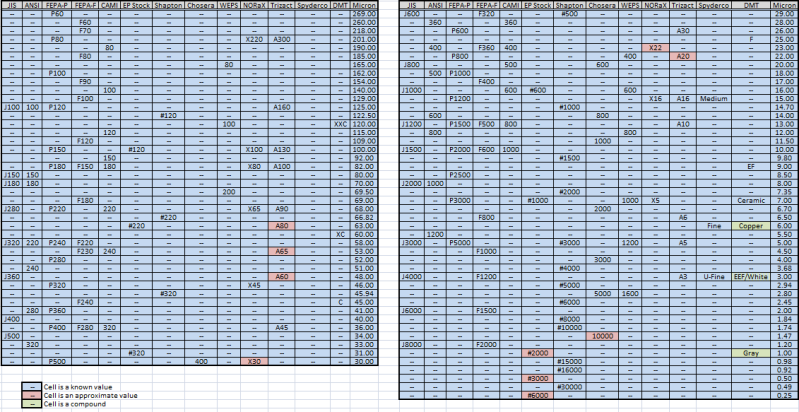
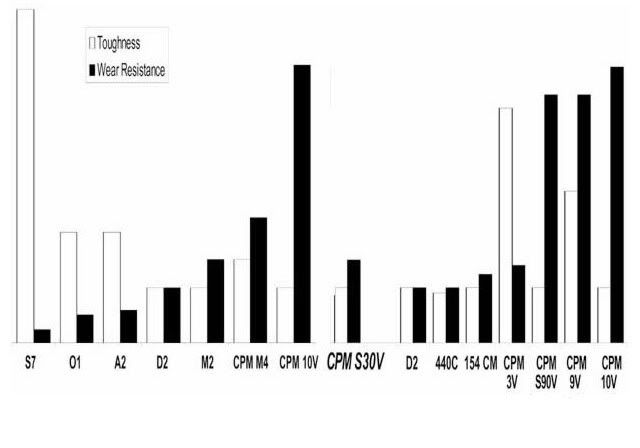
 https://www.youtube.com/watch?v=UtA7gEhb4Hs
https://www.youtube.com/watch?v=UtA7gEhb4Hs https://www.youtube.com/watch?v=GvDYkiuThUs
https://www.youtube.com/watch?v=GvDYkiuThUs https://www.youtube.com/watch?v=IWYrqFsonSE
https://www.youtube.com/watch?v=IWYrqFsonSE








